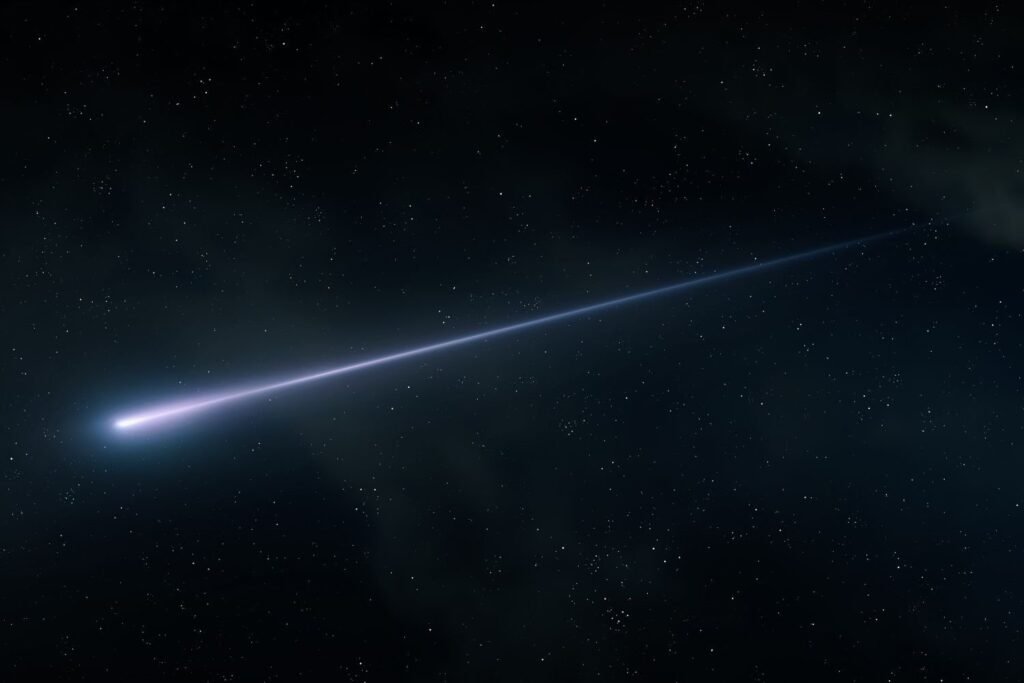The startling figure behind the maximum speed of a human: how does the body withstand it?

Although technology has advanced by leaps and bounds, there is a milestone that remains unbeatable for over half a century: the highest speed ever experienced by a human being. While in outer space, that human limit remains intact. This article explores an extraordinary feat that defies time and continues to leave engineers and scientists with their gaze in the past.
Beyond imagination: speed as a human frontier
When the word “speed” is mentioned, it is common to think of Formula 1 cars, magnetic levitation trains, or . But those everyday references pale in comparison to the achievements that humanity has made in space exploration. Today, the vehicles we have created are capable of traveling continents in seconds.

An impressive example is the Parker Solar Probe, a NASA spacecraft launched to study the Sun. On December 24, 2024, this probe broke all schemes by reaching 692,000 kilometers per hour. At that speed, crossing Europe from end to end would take less than 30 seconds. And a trip between Frankfurt and would last only 49 seconds.
However, that speed has not been experienced by humans. The question remains: how fast has a person traveled in history?
Apolo 10: a rehearsal that broke barriers
The honor of having lived the highest speed recorded by a human being falls on the crew of Apollo 10. This NASA mission, carried out in May 1969, was designed as a complete test before the definitive landing of Apollo 11. Although they never set foot on the Moon, Thomas Stafford, Eugene Cernan, and John Young undertook a journey that left an indelible mark.
During their reentry into Earth’s atmosphere, the command module reached a maximum speed of 39,937.7 kilometers per hour. This record was certified by Guinness World Records and remains valid to this day.
To put it into context, at that speed they could circumnavigate the planet in just over an hour. The intensity of the reentry was such that Cernan described the experience as being inside “a ball of white and violet flames”.
The mission that almost reached the Moon
Apollo 10 was the fourth manned mission of the lunar program. Unlike Apollo 11, its goal was not to land on the Moon, but to test all necessary systems and maneuvers. During the mission, the lunar module – nicknamed “Snoopy” – descended to just 14 kilometers above the lunar surface. Meanwhile, the command module – named “Charlie Brown” – remained in orbit with John Young aboard.

After the orbital rendezvous, the three astronauts began their journey back home. It was during that return trajectory that the speed that remains the human limit was reached. To decelerate, the spacecraft used atmospheric friction and the deployment of three large parachutes before landing in the Pacific Ocean.
A speed that depends on the point of view
Physics experts may point out that all speed measurements are relative, and they would not be wrong. Our position in the universe means that, at this very moment, we are all moving without noticing it: the Earth moves us at about 1,600 km/h, while we orbit the Sun at over 173,000 km/h. Even the solar system moves through the galaxy at about 720,000 km/h.
So, how do we determine which is the “true” highest speed? The answer depends on the frame of reference we use. But if we focus on speeds consciously experienced by humans in relation to Earth, the record of Apollo 10 remains the undisputed champion.
Comparisons that put everything into perspective
Even the fastest machines built by humans seem slow in comparison. Before the Parker Solar Probe, the Helios probes held the record with a speed of 252,792 km/h. Today, that mark is already in the past.
However, outside our solar system, the speeds reached by some celestial objects are astonishing. The star S4714, for example, moves at about 8.6 million kilometers per hour due to its proximity to a black hole. This figure far exceeds any human attempt.
As for more recent achievements, the rocket reaches 33,519 km/h, and the International Space Station moves at about 27,359 km/h. Still, none of these devices has managed to surpass the record of Apollo 10 in terms of manned travel.
The future of human speed
For now, the Apollo 10 feat remains an unconquered peak. And although new missions to the Moon or Mars are on the way, surpassing the almost 40,000 km/h of 1969 will require a combination of audacity, engineering, and extremely precise conditions.
Who will be the next to break this record? Will it be a manned mission to Mars? Or an even more ambitious interplanetary journey? History does not yet know. But the truth is that, for now, that fleeting moment in 1969 remains the fastest journey ever experienced by a human being. And perhaps it will be so for many more decades.




